We’re excited to introduce you to the always interesting and insightful Marissa Hernandez. We hope you’ll enjoy our conversation with Marissa below.
Marissa, appreciate you joining us today. Can you take us back in time to the first dollar you earned as a creative – how did it happen? What’s the story?
My first mural was somewhat through submitting a request for proposals. I applied for an airport mural design project. It was my first time coming up with a mural design and submitting a proposal, I was nervous and didn’t know if I was doing anything “right.” I didn’t end up getting chosen for the mural which was a bummer, but the company kept my design on file. Another client of theirs ended up seeing and liking my original design, but wanted me to repurpose it for their early education center. I reworked the design and ending up completing my first mural. It was definitely a challenge but one I’m super proud of. Though that first project had a lot of learning curves, I look back on it fondly as the beginning to my creative journey.

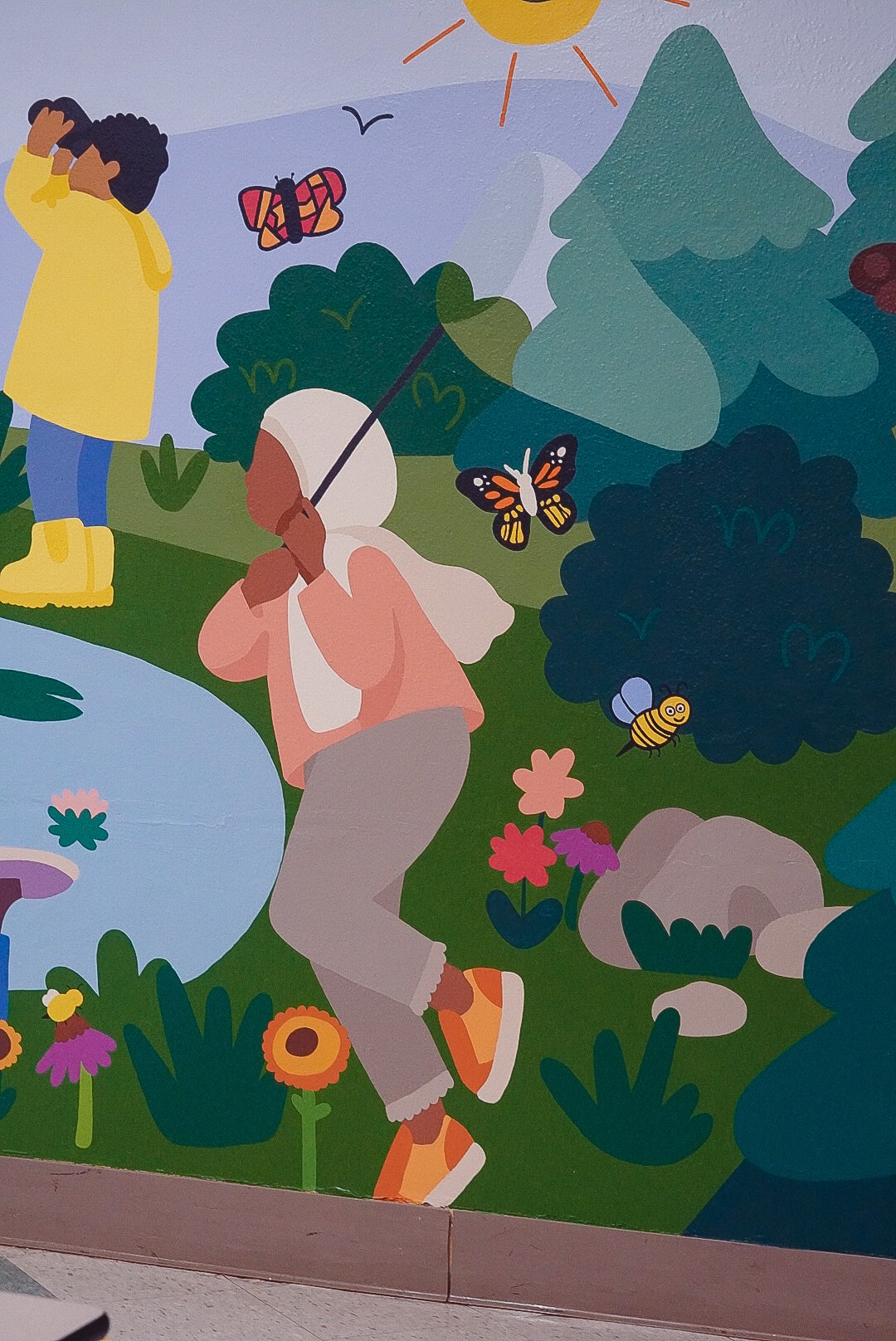
Awesome – so before we get into the rest of our questions, can you briefly introduce yourself to our readers.
My name is Marissa Hernandez. I am an artist specializing in murals and illustration located in Des Moines, Iowa. A large portion of my work focuses on identity. Growing up in a low-income household, and the daughter of a Mexican immigrant, I struggled to fit in with the upper middle-class white population around me. Low-income BIPOC/children of immigrants often carry the weight of securing financial success for their families, with little time to explore their passions. For most of my life that was my identity; the unassuming child of an immigrant who does well in school with plans of working in a STEM field. Creativity was always just a fun pastime for me. In college, I rekindled my passion for art, and with my parents’ blessing, took a chance on pursuing art as a career.
My work explores marginalized identities using shape, color, and portraiture. I create work that acknowledges the subtleties of these groups as I continuously educate myself on the issues each community faces. My murals place BIPOC in soft, colorful, and idealistic worlds, to challenge the idea that BIPOC always have to preform, or be extraordinary in exchange for existence. These spaces I create allow BIPOC to be themselves, and care for themselves without catering to the white gaze. My murals include faceless figures, so that anyone can project their own likeness onto a figure they most identify with. I hope my work makes others feel safe & celebrated in their identity, so that we can start to break any generational trauma that is keeping us from being who we truly are.


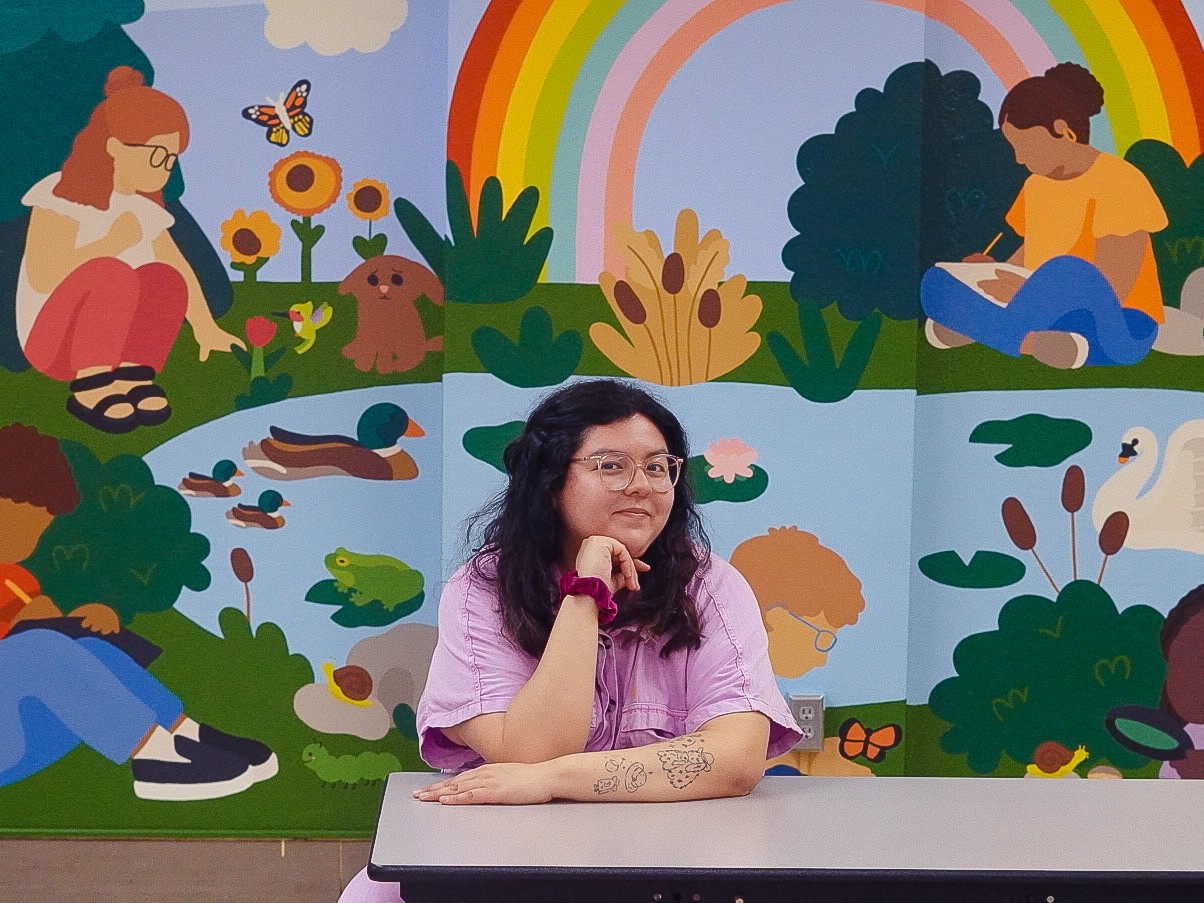
Looking back, are there any resources you wish you knew about earlier in your creative journey?
I’ve come to learn that your peers can be your greatest resources. In life we’re taught to look at our peers as competition, throwing us into isolation and envy. Despite what we are told, there is enough to go around for everyone, and we achieve more when wee work together and build meaningful relationships. I find this to be especially true for Artists of color. Here in the midwest especially, it all about who you know, and how much money/pull they have. When you don’t have generational wealth or corporate connections, it seems impossible to be able to make a career for yourself. I’ve found a lot of success in coming together with Artists of color in my area and supporting each other in meaningful ways. Not only is it great to exchange general knowledge in your field, but its incredibly helpful when discussing pricing, and which institutions/businesses prove to not be BIPOC friendly in practice.
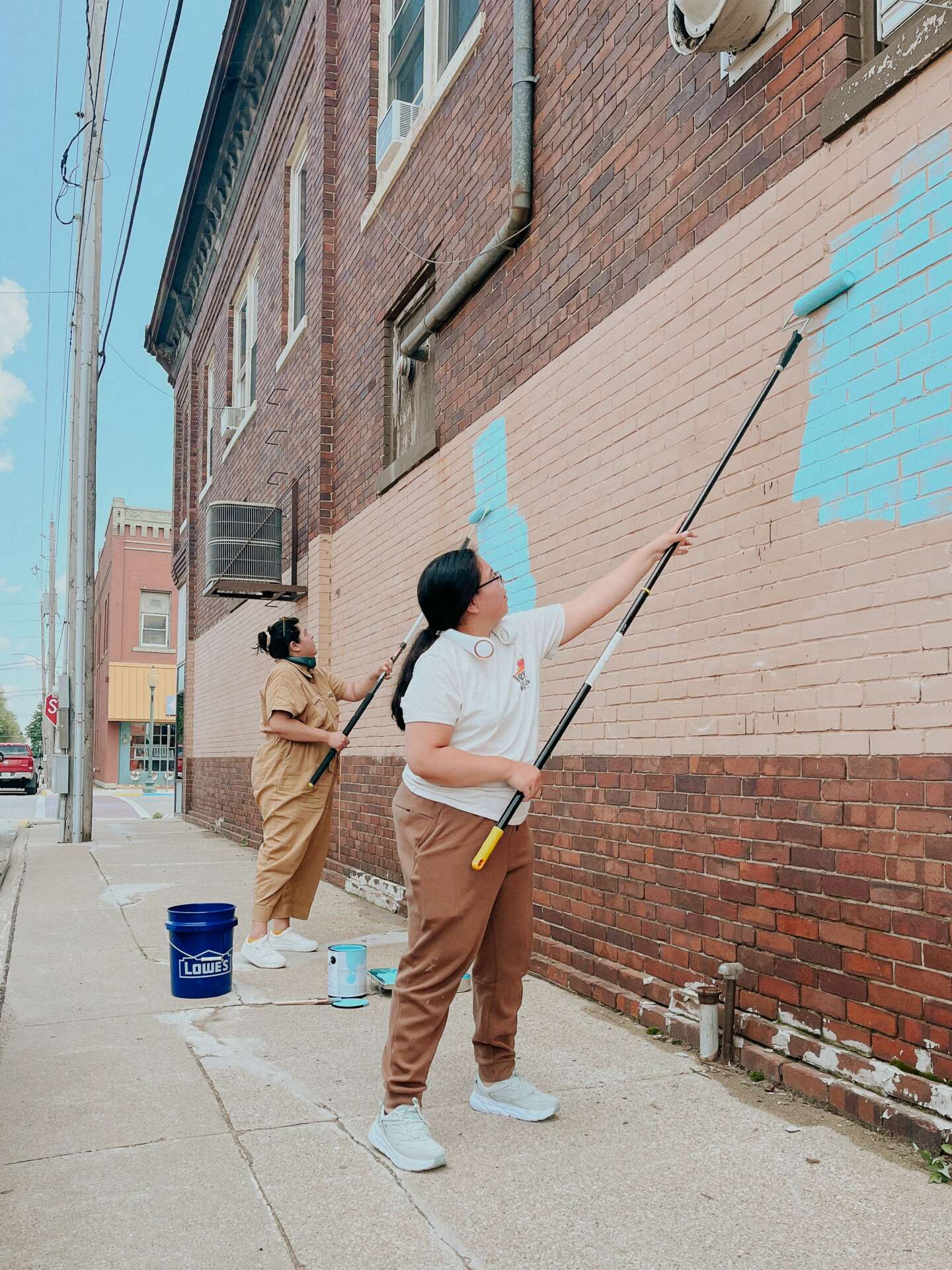
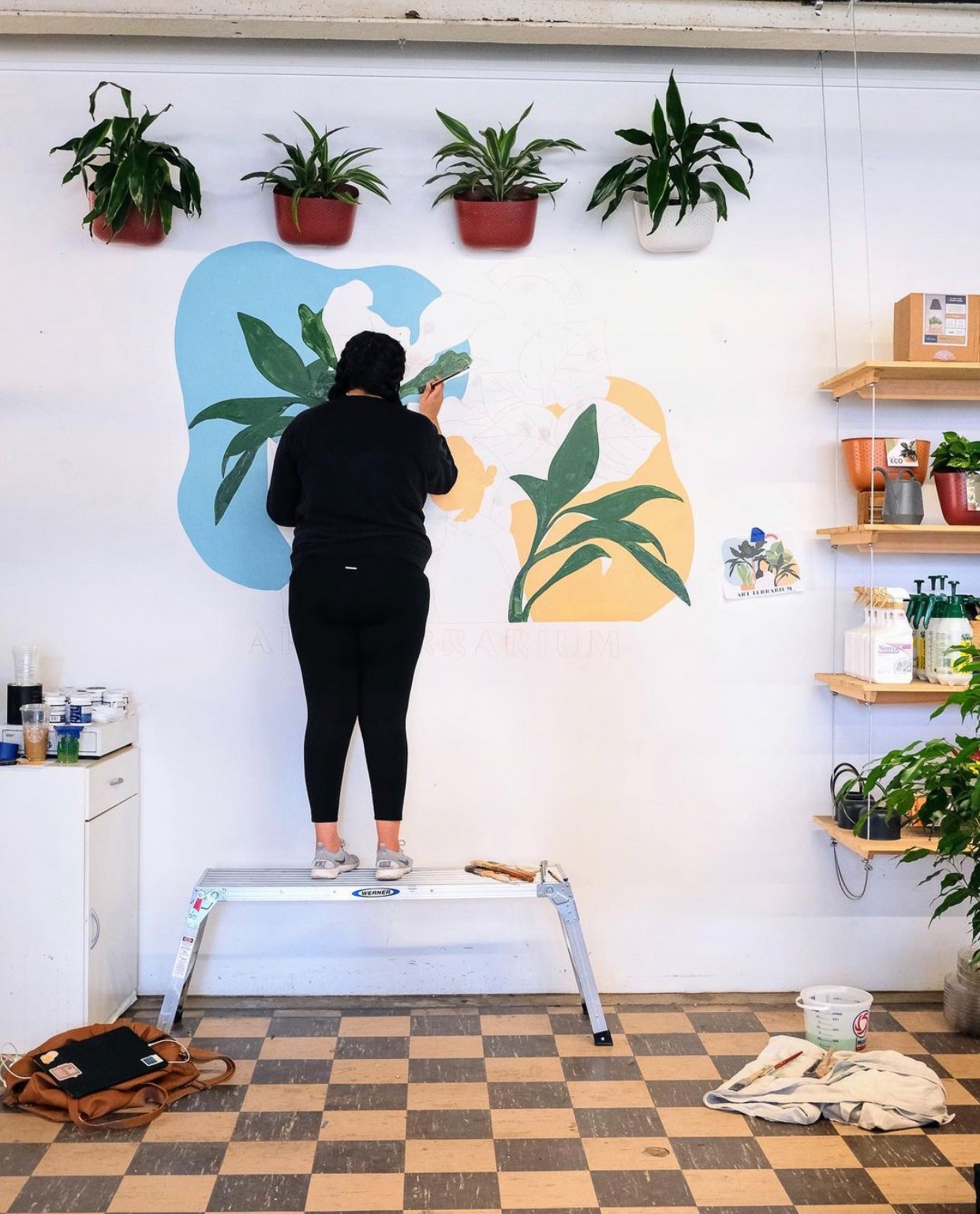
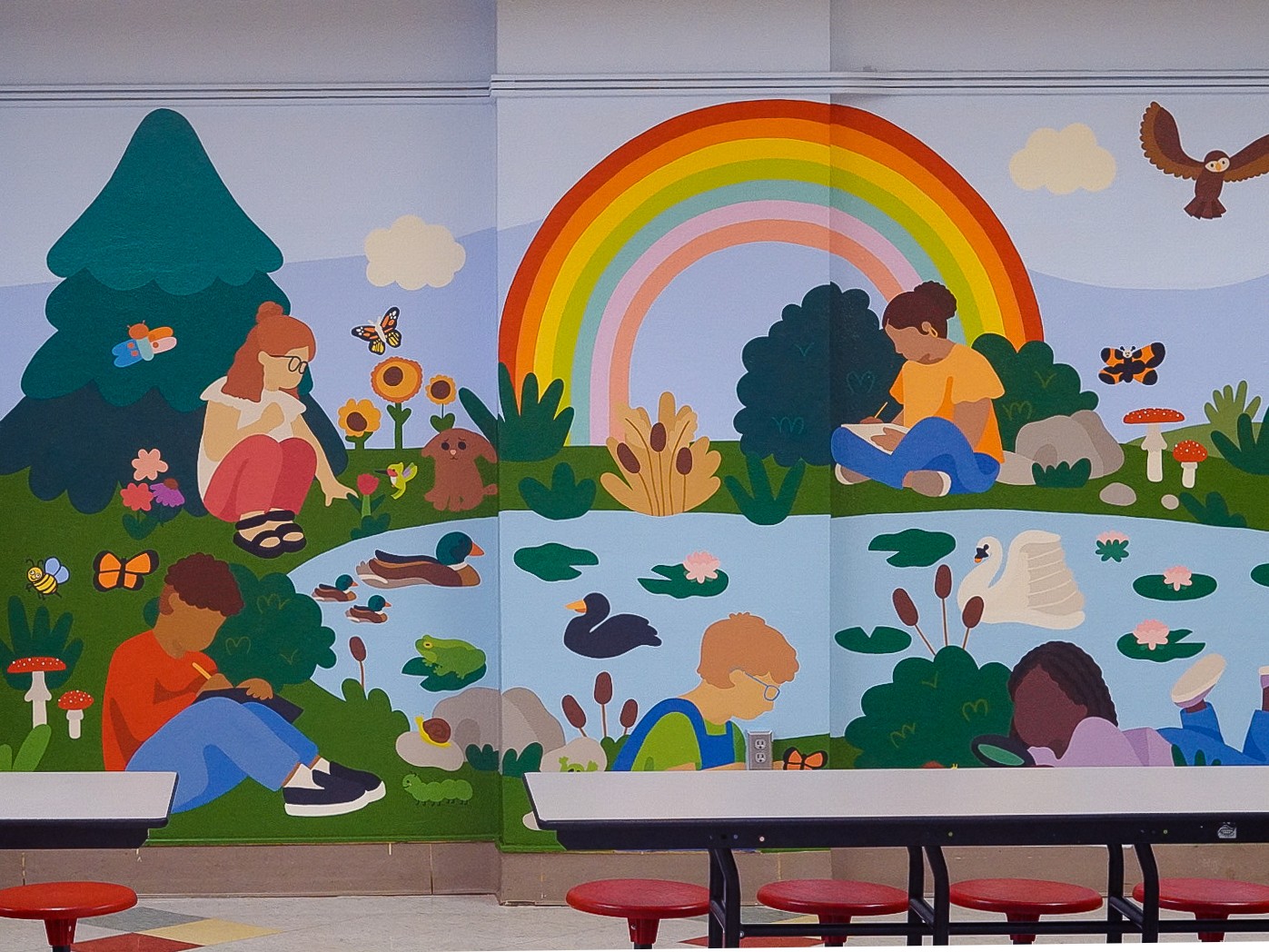
Is there something you think non-creatives will struggle to understand about your journey as a creative?
A common misunderstanding in the creative field is that it’s always a fun and easy job. While it is such a blessing to do creative things for a living, it can also be incredibly stressful. This is especially true if you are your own boss and have to figure out how to do everything. I first thought that just securing the jobs and delivering would be the hardest part but its all the things you don’t think about. The business/financial side of being a creative is very difficult for me to manage. On top of that, there’s things that your employer usually covers that you never had to think about as much before like insurance, taxes for your business, contracts, etc. Thats something I feel like clients may not think about when they initially see our pricing. Our prices can seem high, but if they were any lower we wouldn’t be able to do this for a living.
Contact Info:
- Website: https://www.hernandesignco.com
- Instagram: https://www.instagram.com/marissa.monstera
- Facebook: https://www.facebook.com/marissa.monstera


